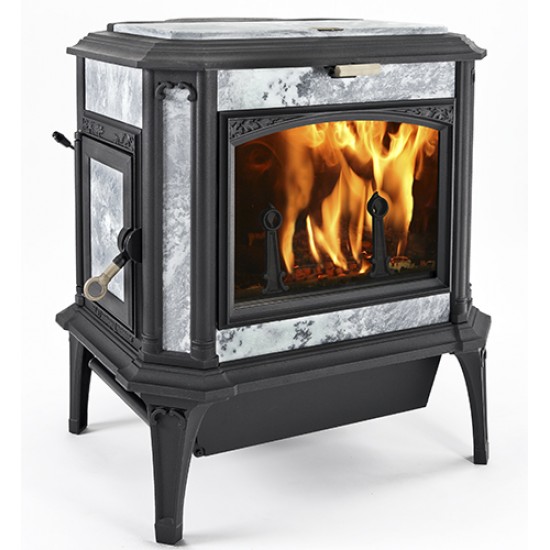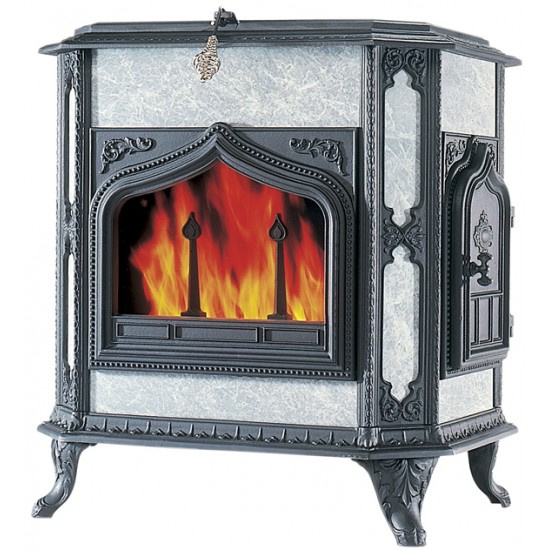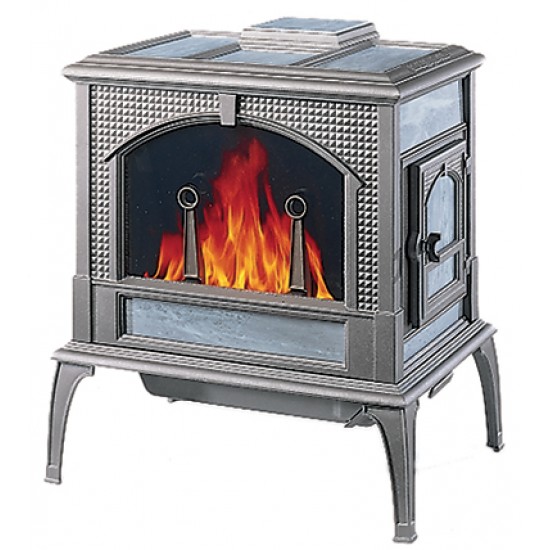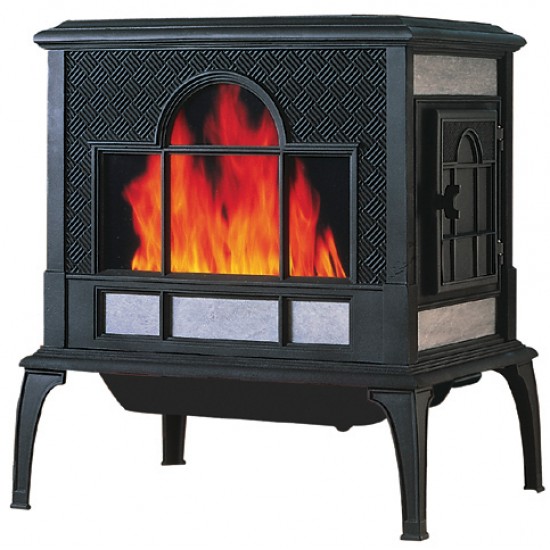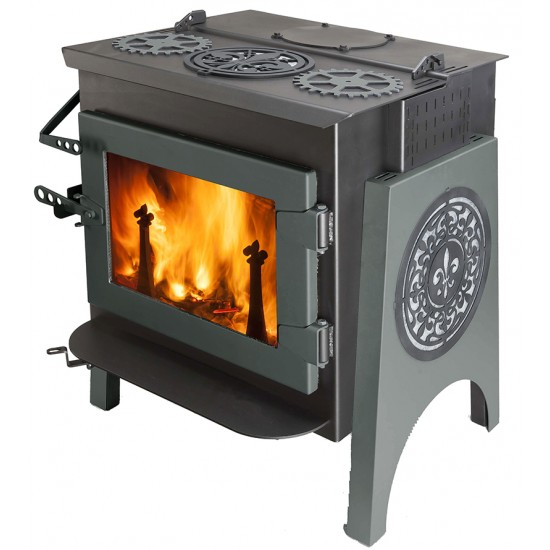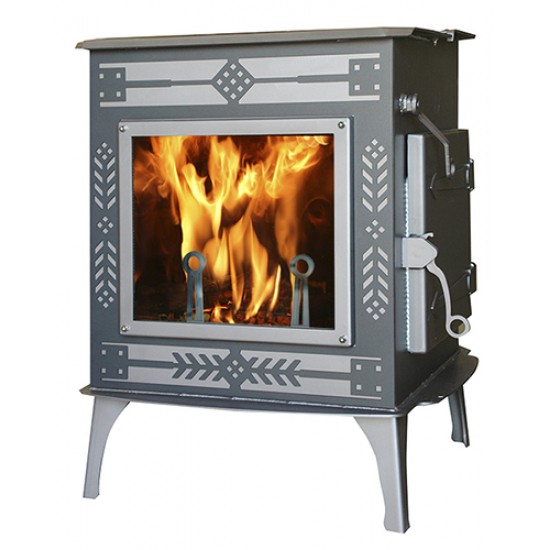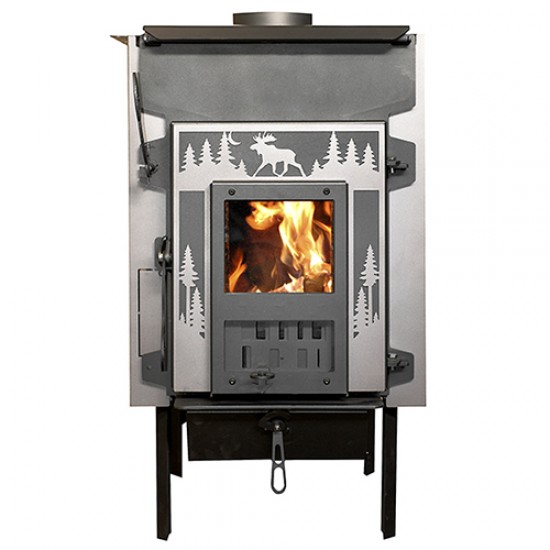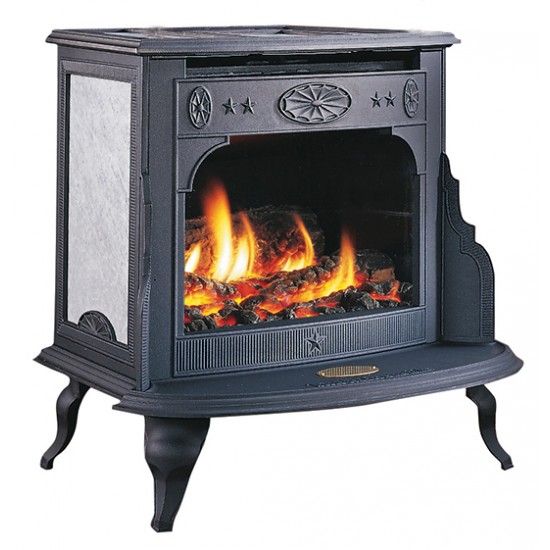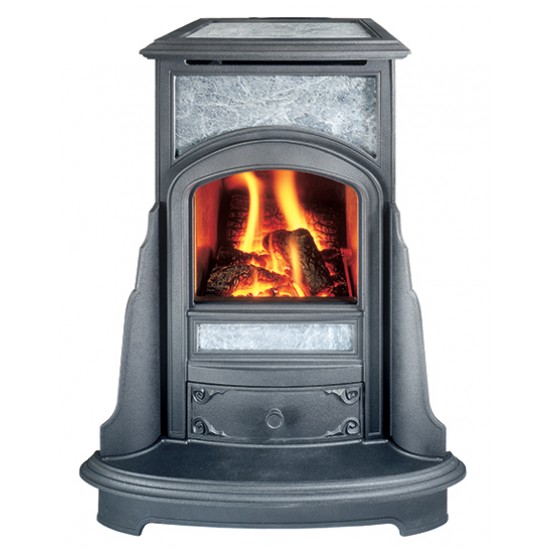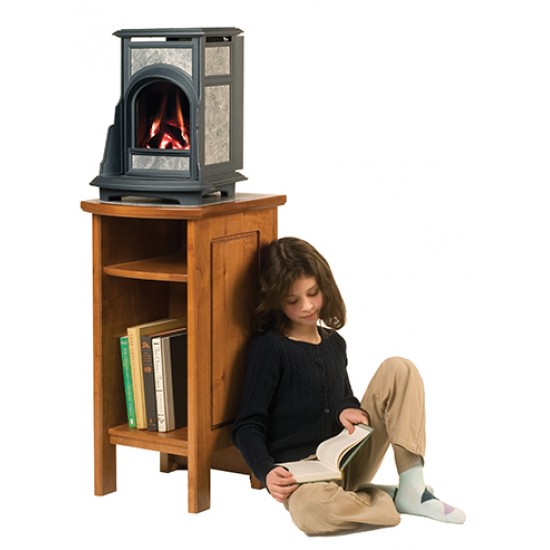02 Mar


As we noted in an earlier post, we are taking a slight
detour in our Race to Zero. We are
testing older stoves made in the 1970s and 1980s. Stoves which were made with little technology to reduce
emissions or improve efficiency.
 |
| Huntsman Stove - Before the Makeover |
Our first test stove is a “Huntsman” (made by Atlanta Stove
Works, circa 1977) step stove.
It is a welded steel stove, with a huge firebox (well over 5 cubic
feet), and cast iron doors with six draft controls. The bottom is lined with firebrick, and the side walls are
also lined up to 9” in height (one layer of firebrick). As with many steel stoves of this
vintage, the stove itself is almost “overbuilt” (1/4” and 5/16” boiler plate),
and as long as the firebricks are replaced periodically, it will last for a few
more decades.
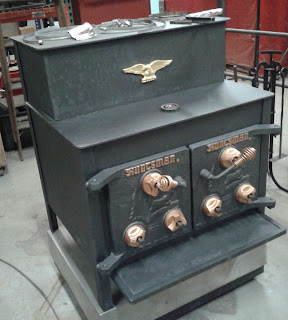 |
| Huntsman Stove - After the makeover |
Interestingly, even though the Huntsman stove is physically
huge, it weighs almost exactly the same as our new Absolute Steel Hybrid - just
over 500 pounds.
Our first goal is to establish a careful baseline profile
for these older stoves in terms of heat output, emissions, and efficiency at
low, medium, and high burn rates.
Next, we want to see if we can design a retrofit catalyst and
heat exchanger that will improve the performance metrics (heat output,
emissions, and efficiency) enough to make them competitive with some of the
stoves in today’s market.
 We
have wired the Huntsman in our research department so
that we can measure surface and gas (O2, CO2, and CO) temperatures at
multiple locations. The stove is on a scale, which allows
us to measure the rate of fuel consumption. Finally, we can (and will)
get particulate catches for most
of the baseline runs using Method 5G3 (the same Method the EPA uses).
We will use the Canadian CSA B415
algorithm for calculating efficiency.
We are trying to run parallel to the same methods and standards used by
the EPA.
We
have wired the Huntsman in our research department so
that we can measure surface and gas (O2, CO2, and CO) temperatures at
multiple locations. The stove is on a scale, which allows
us to measure the rate of fuel consumption. Finally, we can (and will)
get particulate catches for most
of the baseline runs using Method 5G3 (the same Method the EPA uses).
We will use the Canadian CSA B415
algorithm for calculating efficiency.
We are trying to run parallel to the same methods and standards used by
the EPA.
We are using cordwood for our testing because it is readily
available, and is much less expensive than the cribs the EPA has used for
emissions testing during the last few decades.
We’re doing our best to keep loads representative in terms
of species, weight, and moisture content.
One of the nice things about R&D testing is that we can operate with
a certain degree of informality that you can’t do with certification
testing. We are just interested in
seeing if we can “move the needle” before we pay attention to all of the fine
points of test protocol.
We hope to get baseline data on at least three stoves (one
small; one medium; and one large), and we hope to develop mathematical models
for different aspects of our testing – an example would be the heat transfer
achieved by our device. More on
that in the next week or so.
Obviously, there is an opportunity to reduce emissions in
old stoves. We think there are
additional opportunities to extract more heat (both by radiation and
convection) around the area where our device would be installed. Without getting too esoteric, we may be
able to point the catalyst directly at the surface(s) we want to use as primary
radiators. Finally, the catalyst
should introduce a considerable pressure drop into the system. This resistance may result in increased
stack temperatures around our device, a reduction in stack flow, a lowering of
the burn rate, and some improvement in efficiency. Well - we are hoping to get these results!
The questions are: (1) How much of a reduction in
emissions? (2) How much additional
heat extraction? (3) How much of
an improvement in efficiency? (4)
At what cost and what degree of difficulty?
We expect to be busy in the lab with this project for 3 to 4 months, at
least. We don’t know if we can succeed with this R2Z Detour, but we
think it’s worth making a serious effort.

